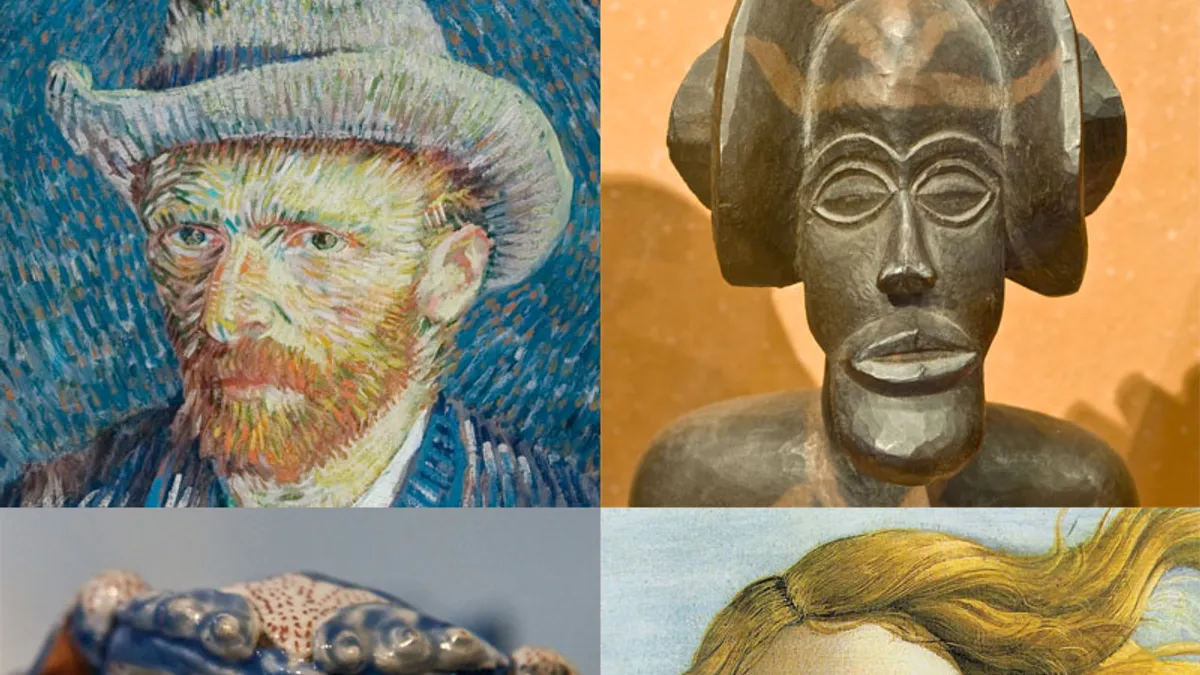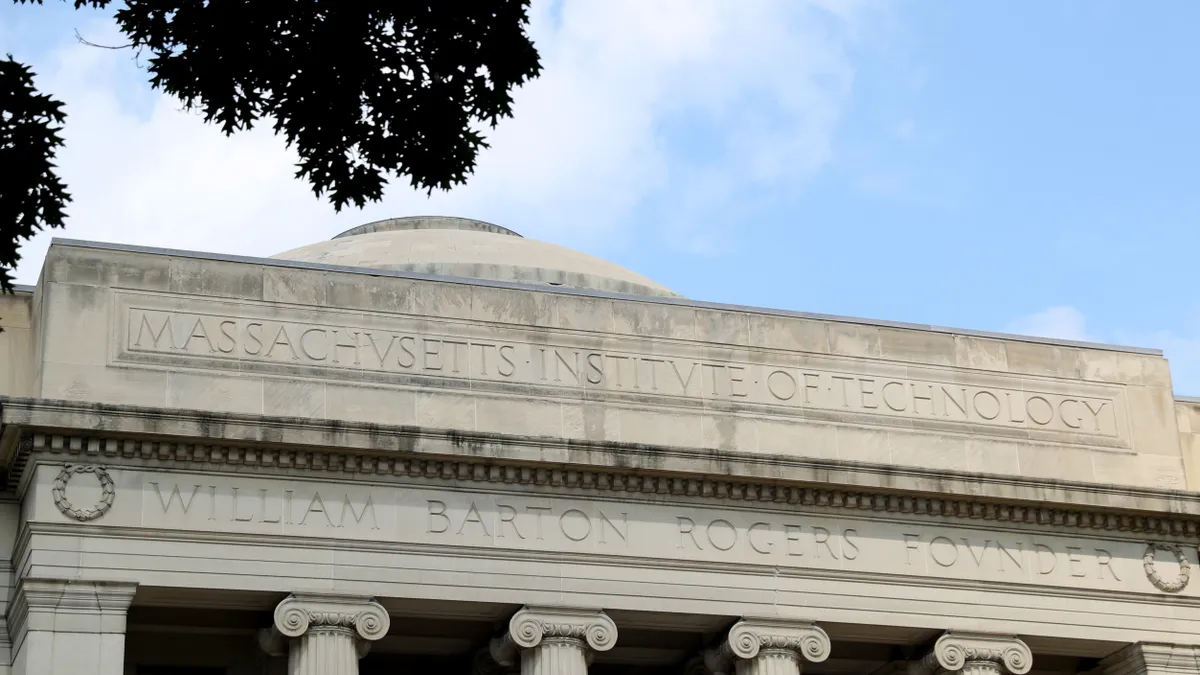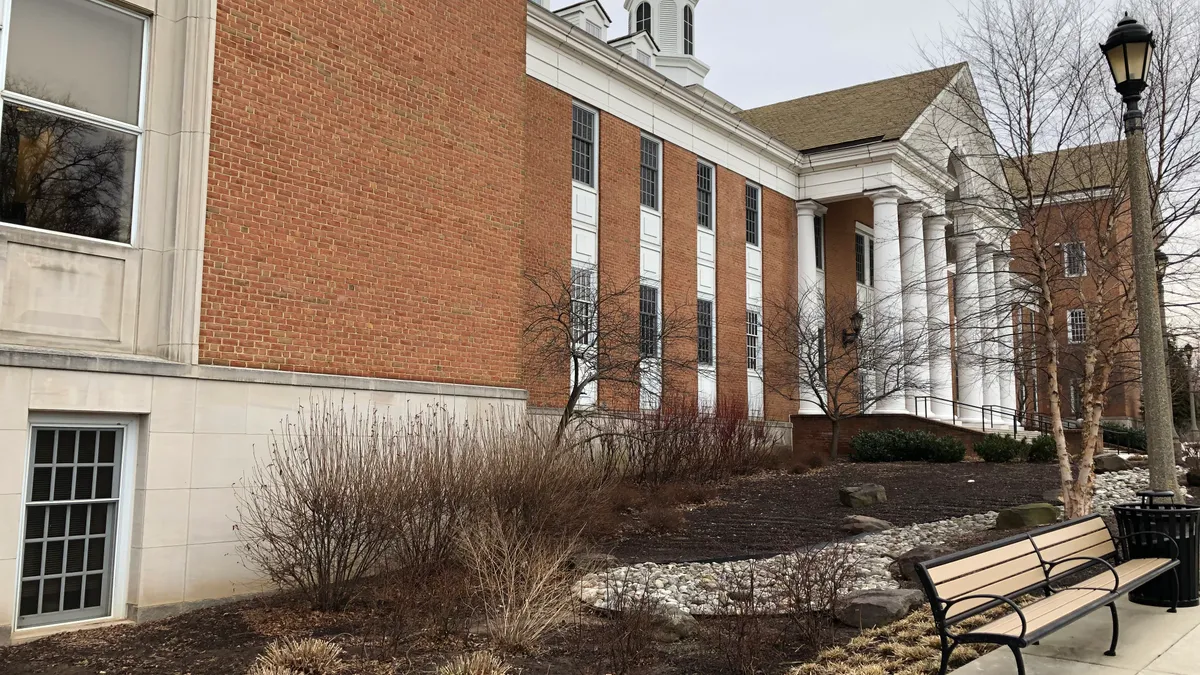The world of massive open online courses is getting a little more creative. The latest MOOC platform to launch requires instructors to fly out to L.A. to film their lectures. Each course is assigned a director, producer, designer, writer, musician, video editor, and customer relations liaison. The level of attention paid to production makes clear it is artists who are behind the venture — as they should be. Kadenze is a MOOC platform for the creative arts.
Launched this week with four courses open for enrollment and 18 more in the works, Kadenze aims to become home to the wisdom of some of the most accomplished art educators from around the world. And to do their work justice, Kadenze’s founders have decided there’s no way to get around the need for a full production studio.
“The idea of just putting a camera in the back of a lecture hall or just sitting in your office with a webcam — we want to go way beyond that,” said Ajay Kapur, Kadenze co-founder, associate dean at the California Institute of the Arts, and a senior lecturer at the New Zealand School of Music at Victoria University of Wellington.
Kapur said when he and his partners first decided to pursue the development of a MOOC platform that could handle courses in the creative arts, they expected to be able to plug some of their new innovations into existing tools. In the end, they were reminded of old flip phones that require someone to press a button three times to get a single letter for a text message.
“Compared to any smartphone now where not only can you type a proper message, you can talk to your phone, you can take pictures and videos,” Kapur said. “That’s the type of experience that we wanted to bring to a learning management system to support our initiative.
Kadenze’s founding leadership team has been working to build a system from the ground up since March of 2013. They have proprietary technology that can assess and analyze student work, measure performance and authenticate the user, detect plagiarism, and auto-proctor exams.
They also have a community of art schools and programs clamoring to use it. Stanford University, Emily Carr University of Art and Design, California Institute of the Arts, and Otis College of Art and Design are the first to launch courses designed for the Kadenze platform. The School of the Art Institute of Chicago is still in the production phase of its course design, but expects its course on art history to be public by next spring.
Alan Labb, associate provost of educational technology and innovation at the School of the Art Institute, said there were two key draws to Kadenze — the fact that its design is specifically geared toward creative arts, and its innovative revenue-sharing model.
Students can get basic access to the Kadenze course catalog, watch lectures and participate in forum discussions for free. Premium membership costs $7 per month and gives students the opportunity to submit assignments and get graded feedback, collaborate with peers, and receive steep discounts on tools and materials needed for the course. Some institutions will offer courses for credit, including the School of the Art Institute of Chicago, at a fee ranging from $300 to $900, depending on the amount of time the course demands.
When it comes to sharing that revenue, not only does Kadenze split proceeds with the institution involved in its creation but the instructor, who gets a cut akin to royalties for a book.
“The author is treated with a lot of respect,” Labb said, adding that is not always the case in MOOC development. “There are a lot of people that put a ton of time into these things and get nothing back from that participation.”
Kadenze expects to open enrollment for a handful of courses each month as it builds out its course catalog. The initial four courses span art history, business management and development, and programming for musicians and digital artists. Coming courses will cover sound production, machine learning for musicians, graphic illustration, and coding for artists, among others.
While School of the Art Institute Dean of Faculty Lisa Wainwright is still trying to schedule her trip to Kadenze’s Los Angeles production studio, Labb said he is excited to track the initial interest in Kadenze courses.
“It’ll be a good way for us to measure how much interest there is in a MOOC that is art-specific,” Labb said. “My imagination is that there’s quite a lot of interest.”
Would you like to see more education news like this in your inbox on a daily basis? Subscribe to our Education Dive email newsletter! You may also want to read Education Dive's look at the use of in-class communication tools to boost student engagement.




















